Conflict-Free Diamonds: 5 Basic Tips
One of the biggest concerns these days is that the diamond you buy doesn’t come from a questionable source. Blood diamonds—also known as conflict diamonds, war diamonds, hot diamonds, or red diamonds—refers to a diamond that’s mined not only in a war zone but that’s also sold to finance a rebellion, an invading army’s efforts, or to support a warlord’s activity. The term “conflict” is used either to point out the negative ramifications of the diamond trade in a particular area or to label an individual stone as having come from a negative trade zone. But there are a number of ways to make sure the diamond you choose is conflict-free. You just need to know the facts, shop at the right places, and ask the right questions.
1. Choose a Reputable Retailer
Brilliant Earth is a company that specializes in conflict-free jewelry. They also donate 5% of their profits to a fund that benefits local African communities that have been hurt by the diamond industry.
Tiffany & Co. is another retailer that deals exclusively with conflict-free, environmentally sound diamond suppliers.
The check out Brilliant Earth, click here: http://www.brilliantearth.com/?utm_source=bing&utm_medium=cpc&utm_campaign=G2015%20Brands&utm_term=brilliant%20earth&utm_content=Brilliant%20Earth
2. Do Not Pay More
There are plenty of reasons why one diamond may be more expensive than another, but being certified as conflict-free is not a criterion for a higher price tag! Research before you start to shop and then work only with a jeweler who you trust.
Don’t fall into the Diamond Myth trap. Read this blog before you even step foot in a jewelry store!
http://www.davincibridal.com/blog/top-5-engagement-ring-blunders-how-to-avoid-them/
3. Don’t Stick to Canadian
Canada absolutely has a reputation for environmentally conscious and conflict-free mined diamonds, but Canada isn’t your only choice. Australia and Russia can be entirely credible, and so can certain African countries. The trick is the track the diamond’s certification, so you know it hasn’t been smuggled.
So just how do you track your diamond’s certification? Ask for the following two crucial pieces of paper.
4. Kimberley Process Certificate
When you’re considering buying a diamond, ask the jeweler to show you its Kimberley Process certificate. This is a system the UN adopted in 2002 to end diamond trading for dubious means. The Kimberley Process Certification Scheme outlines all of the requirements and regulations that countries must follow to ensure that a diamond is mined and shipped in a legitimate and humane way. If the jeweler can not—or will not—show you the certificate, then walk away.
5. System of Warranties Statement
Every reputable and established jeweler will know the history of his stock. Not only will he have the Kimberley certificate, but he’ll also volunteer that particular diamond’s System of Warranties statement.
For more information and to get an idea of what authentic certificates look like, check out this site: http://diamondfacts.org/
Now—Go Have Fun Shopping!
After all this concern about where a diamond comes from, go out and have a fabulous time shopping for just the right ring for you. We’ve even put together a little primer on the technical details of diamonds—those factors that legitimately affect the price. Check it out here: http://www.davincibridal.com/blog/choosing-diamond-rings-four-cs-plus-3/

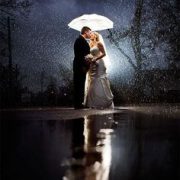

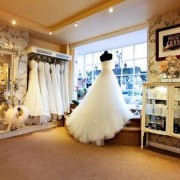
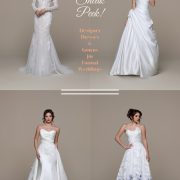


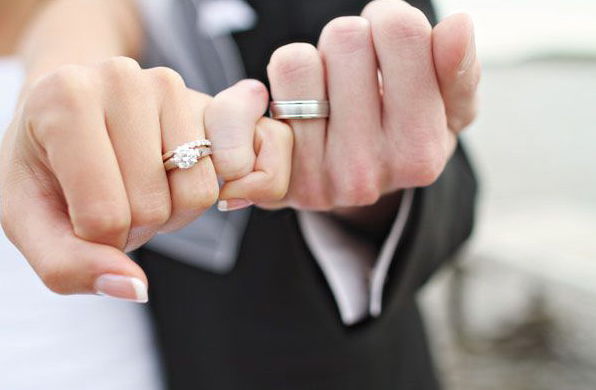
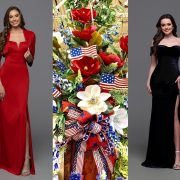

Recent Comments